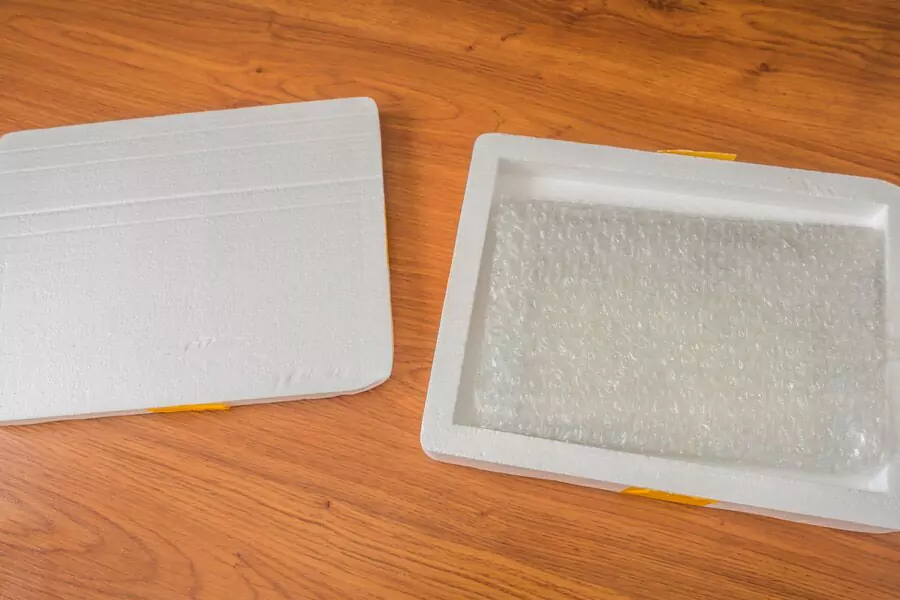
Is Styrofoam Trash Or Recyclable And How To Get Rid Of It The Right Way
If you’ve ever ordered takeout, unpacked an electronic device, or received a delivery, chances are good that you’ve seen Styrofoam—light and bulky and seemingly everywhere. But when it’s time to dispose of it, many people pause and ask: Is Styrofoam trash or recyclable? It’s not that clear-cut. Here’s what Styrofoam really is, whether it can be recycled, and how to dispose of it responsibly—especially if you live in New Brunswick, United States.
What Is Styrofoam?
Styrofoam is an informal name for expanded polystyrene foam (EPS)—a petroleum-based plastic that is found abundantly in the form of packaging, insulation, disposable restaurant cups and containers, and coffee cups. Light and insulating, it’s loved for those attributes, but hated for its environmental impact.
While “Styrofoam” is informally used as a generic, worth making the differentiation between the brand (used mainly for building construction) and the consumer-accessible everyday foam cups and packaging.
Is Styrofoam Recyclable?
Yes, technically, Styrofoam can be recycled, but not under most curbside programs, especially in New Brunswick. It’s not that it’s impossible to recycle it—it’s just that it doesn’t cost anything or make logistical sense in most municipalities’ recycling programs.
Styrofoam is made up of around 95% air, and therefore, it is expensive to transport and process. Styrofoam also easily breaks into tiny fragments, infecting other recyclable materials. Because of these factors, most recycling plants, including those in New Brunswick and the surrounding areas, process Styrofoam as trash.
Why Styrofoam Is a Problem?
Styrofoam has several environmental problems:
- Non-biodegradable: It can take centuries to decompose in a landfill.
- Contaminates waterways and wildlife: Tiny pieces tend to find their way into rivers and oceans, where they’re confused for food by aquatic animals.
- Poisonous when combusted: When burned improperly, it emits toxic chemicals such as styrene and benzene.
These are some of the reasons why numerous cities throughout the U.S. have enforced Styrofoam food container bans—although, so far, New Brunswick has not had a state-wide ban introduced.
How to Dispose of Styrofoam in New Brunswick the Correct Way?
Here’s a step-by-step of the most eco-friendly methods of disposing of Styrofoam:
1. Reuse When Possible
Don’t throw it away until you consider reusing clean Styrofoam:
- Reuse packing blocks or peanuts for future shipping.
- Shatter big chunks into the pot drainage material.
- Use to make things—especially for school or arts and crafts projects.
2. Drop-Off Recycling Options
Some specialized recycling centers accept Styrofoam, specifically EPS packaging (non-food-soiled foam). New Brunswick does not have curbside acceptance for Styrofoam, but here are a few things you might want to look into:
- Mail-back programs: Some companies offer mail-back Styrofoam recycling programs.
- Dart Container Corporation: Check if their Recycle Foam drop-off locations are available near you.
- Earth911.com: A helpful website to find the nearest foam recycling centers by ZIP code.
Prior to leaving, always make a phone call to the facility beforehand to ask what kinds of foam they take.
3. Trash Disposal (If No Recycling Available)
Suppose no recycling option, clean and dry Styrofoam can be put in regular trash. It’s not preferable, but it ensures it’s processed through the correct waste stream instead of tainting recycling dumpsters.
Never recycle Styrofoam in your New Brunswick recycling bin—this creates contamination and constricts the entire recycling process.
4. Call for Change
Styrofoam waste can be minimized in the long term through advocacy:
- Ask local retailers to switch to compostable or recyclable packaging.
- Express support for state legislation on EPS bans or recycling mandates.
- Ask schools and offices to use green alternatives.
Eco-Friendly Alternatives to Styrofoam
As consumers demand more sustainability, so do alternatives to Styrofoam. Some of the following are a few things to be aware of:
- Molded pulp: Made up of recycled paper; uses egg cartons and packaging.
- Corn-starch foam: Can be composted and dissolved in water.
- Recyclable plastics or cardboard: Less complicated to process in normal recycling facilities.
- Biodegradable food containers: Ideal for restaurants and takeout.
By choosing these products, you can reduce your footprint on the environment and help eliminate toxic substances like Styrofoam.
So, is Styrofoam trash or recyclable? In New Brunswick, it’s mostly trash, due to the lack of available local recycling capacity for EPS foam. But with a little extra effort, you can reduce your Styrofoam waste by reusing, locating drop-off locations, or switching to eco-friendly substitutes.
Ultimately, better disposal and more astute purchasing decisions are the keys to minimizing Styrofoam’s impact. As more individuals learn and more facilities adopt specialized recycling machinery, we can expect a future in which less Styrofoam makes it into our landfills, waterways, and neighborhoods.
